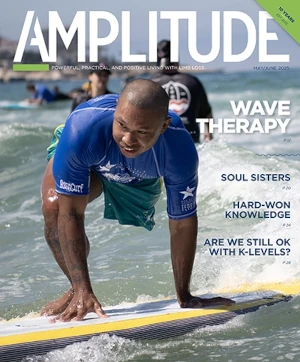
Medical experts widely recommend a combined program of diet and fitness to fight obesity. But when it comes to the type of exercise most effective at reducing weight and body mass-strength training, endurance exercise, or a combination of both-opinions vary widely on which exercise regimen is best. Now, a new clinical study by a team of researchers working as part of the Nutrition and Physical Activity Programs for Obesity Treatment project suggests that the type of exercise may be less important than previously thought.
Researchers from the Technical University of Madrid and La Paz University Hospital set out to measure whether the type of exercise-endurance training, strength training, strength plus endurance training, or simply following government recommendations for weekly activity goals-combined with diet made a significant difference on body weight and body composition. Their study is published in the Journal of Applied Physiology.
The research team followed 96 obese subjects (48 men and 48 women) ranging in age from 18 to 50 through a 22-week supervised program. All participants followed a similar reduced-calorie diet. The diet was measured to provide each individual with 30 percent fewer calories than he or she burned each day.
In addition to the diet, participants were randomly assigned to follow one of three different types of exercise training programs or to follow the American College of Sports Medicine recommendations for weekly physical activity. Subjects assigned to exercise training groups performed either endurance exercise alone (their choice of running, elliptical, or cycling); strength exercises alone (shoulder press, squats, barbell row, biceps curl, lateral split, front split, bench press, and French press); or a combination of strength and endurance exercises (choice of cycling, treadmill, or elliptical plus squats, rowing machine, bench press, and front split). All subjects performed their exercise programs three times a week for the same length of time and at the same intensity (51 minutes at 50 percent intensity during weeks 2-5; 50 minutes at 60 percent intensity in weeks 6-14; 60 minutes at 60 percent intensity in weeks 15-22).
Participants following the physical activity guidelines were advised to get 30-60 minutes of exercise on most, if not all, days of the week for a total of 200-300 minutes of moderate-intensity activity. They were also encouraged to walk instead of drive, take the steps instead of the elevator, and make other lifestyle changes to increase daily activity.
The outcomes for the participants-including significant reductions in body weight, body mass index, waist circumference, and total fat mass, and a significant increase in lean mass-were positive across the board despite the differences in the type of exercise performed.
“The present study shows that, when adhered to alongside a hypocaloric diet, different exercise training programs (endurance, strength, or their combination) or the following of physical activity recommendations are equally efficient in terms of improving body weight and body composition variables in obesity management,” the research team wrote.
This article was adapted from information provided by the American Physiological Society.



